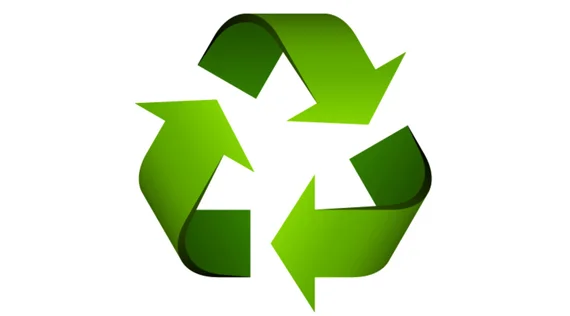
SEATTLE (Waste Advantage): How would your neighborhood do on a recycling report card? To help people recycle the right way, a group of volunteers combed through a small sample of recyclables from curbside bins in Overland Park last week. The results, while not unusual, show a problem a company that takes our recycling and a local nonprofit want to help consumers fix.
Bridge The Gap, a local environmental nonprofit organization, helped Waste Management and the City of Overland Park as a dozen volunteers combed through more than 1,700 pounds of recycling Wednesday morning. Their audit showed that 27.73 percent of that was contamination. Management said that is similar to other areas and the national average of about 25 percent.
“Not only China, but other receivers have really lowered, or I should say raised, their standards on what they want from cleanliness,” said Paul Howe with Waste Management. “China is about 0.5 percent contamination is what they’re looking for. Twenty-five percent on a 2,000-pound bale used to be about 500 pounds contamination. We’re really looking to get down, what the market is demanding is about 10 pounds. Very, very small. So any improvements we can make is fantastic,” he said.
“One or two things from your bin adds to one or two things from your neighbor’s bin that shouldn’t be there and that kind of has a cumulative effect,” said Cassandra Ford from Bridge The Gap. “So when they bring all those materials to a recycling facility and it gets sorted and then it gets baled, your bale is going to be fifteen hundred pounds of everybody’s material,” she said. “So your two bad things are in there with everybody else’s. That whole bale could get rejected. That whole bale could get loaded onto a truck with thirty-six other bales and that whole truck could be rejected.”
The audit showed at least two big lessons consumers can take. A large portion of the contamination (more than 9 percent) was bagged recyclables. “People bagging their recycling is a big problem,” Ford said. “Anything that comes into the recycling facility in a bag is going to end up in the trash.” An entire bag of recyclables could end up in the trash because the material recovery facility doesn’t accept plastic bags, which get caught in the equipment.
Courtesy: https://www.wasteadvantage.com
| Copper Scrap View All | |
| Alternator | 0.31 (0) |
| #1 Copper Bare Bright | 3.70 (0.05) |
| Aluminum Scrap View All | |
| 356 Aluminum Wheels (Clean) | 0.71 (0) |
| 6061 Extrusions | 0.62 (0) |
| Steel Scrap View All | |
| #1 Bundle | 475.00 (0) |
| #1 Busheling | 495.00 (0) |
| Electronics Scrap View All | |